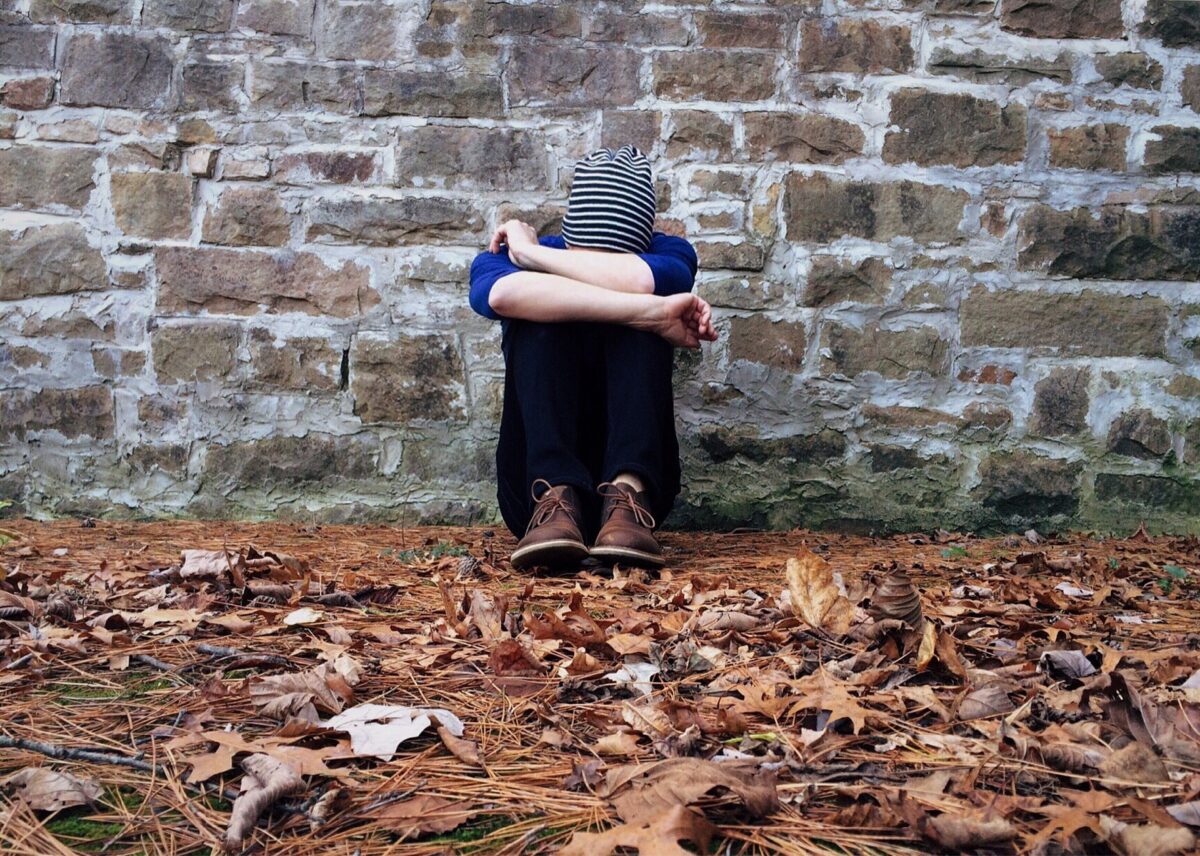In the previous post I focused on the challenge of the digital age with respect to developing mindfulness. This earlier post was stimulated by a presentation of Jon Kabat-Zinn during the Mindfulness & Compassion Week (June 6- 13, 2021). In his workshop, Jon also mentioned the benefits of the digital age for developing mindfulness and positive mental health, particularly during the time of the pandemic when people were becoming isolated through lockdowns and border closures.
There are many facets of the digital age that facilitate the development of mindfulness and positive mental health – the growth of global online, mindfulness conferences and seminars, access to online meditations, digital music and nature imagery, e-groups, and podcasts. Many of these aspects have been enhanced by the emergence of streaming platforms and flexible technologies such as Google Chromecast and Bose portable speakers.
Global online mindfulness conferences
The emergence of sophisticated web conferencing has enabled the growth in global, online mindfulness conferences, and the Nature Summit is just one example of this. In this web conference, conducted from May 11-17 2021, more than 30 world experts discussed ways to connect with nature, access its wonder and wisdom and develop improved mental health and mindfulness. The Science & Wisdom of Emotions Summit highlighted ways to cultivate mindfulness to gain an understanding of our emotions, deal with emotions in daily living and develop self-regulation to effectively channel our emotional energy.
Online Meditations
During the pandemic, we saw increased access to online meditations, often conducted on a global basis. The Mindful Awareness Research Center (MARC), for example, converted their weekly, face-to-face guided meditations to the Zoom platform to enable global online participation. Often, lifetime access to digital meditations were also provided for paid subscribers of web conference resources which included videos, audios, and transcripts. Many organisations now provide online meditations and some, such as Headspace, provide guided meditations via an app.
Emergence of e-groups
Some organisations providing mental health services via face-to-face meetings had to develop e-groups – moving their group support services online via platforms such as Zoom. One such organisation is GROW which provides supported, peer-led groups for people experiencing mental illness (Growers). This organisation was able to transition their face-to-face meetings to eGROW Groups enabling online access nationally as well as on a State/regional basis.
Access to digital music and nature imagery
Developing mindfulness and healing through music and nature imagery has been facilitated by the emergence of online media such as that provided by Louie Schwartzberg’s Moving Art website. His films and photography are enhanced by his Wonder and Awe podcast series. Digital music platforms such as Spotify have provided ready access to a world of different genres of music and podcasts, some incorporating guided meditations and mantra meditations. YouTube enhances access to mantra meditations by enabling visual imagery to support the meditative singing as in Lulu & Mischka’s Stillness in Motion video.
Another aspect of connection through music in the digital age is the growth of virtual choirs and the associated logistical, singing, and instrumental collaboration on a global and local scale. On a global level, for example, 300 people from 15 countries participated in the singing/ orchestration of the highly pertinent song You’ll Never Walk Alone. In another example, people from 50 countries combined to sing Amazing Grace in their own language. On a local level, the Morningsong community choir was able to provide warm-ups, practice pieces and group online singing during pandemic lockdowns. YouTube provides access to multiple virtual choirs.
Reflection
Digital media has provided the means to connect with each other and with nature at a time when people are physically isolated. The spin-off from the periods of lockdowns and border closures is that many people have come to appreciate more what they have in life, to savour their access to nature and increase their motivation to improve their physical and mental health.
There are now increased mechanisms and avenues available to develop our mindfulness practice through the growth in digital media and flexibility of access. It is important to savour and utilise these facilities to enrich our mindfulness practice and enhance positive mental health.
As we grow in mindfulness with the aid of digital media, we can increase our self-awareness and connection with others, develop gratitude and creativity and build the resilience and compassion we need to manage effectively in difficult times.
_________________________________
Image by Inga Klas from Pixabay
By Ron Passfield – Copyright (Creative Commons license, Attribution–Non Commercial–No Derivatives)
Disclosure: If you purchase a product through this site, I may earn a commission which will help to pay for the site, the associated Meetup group, and the resources to support the blog.


